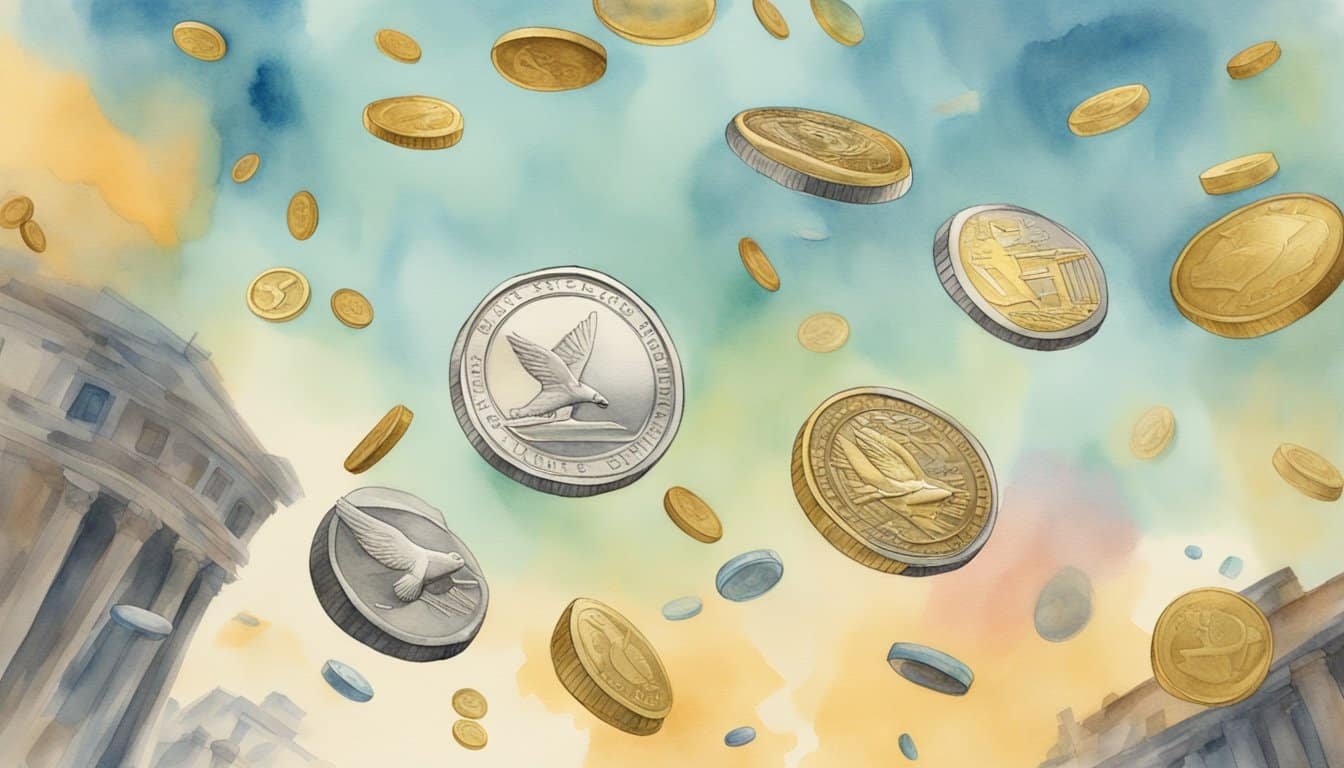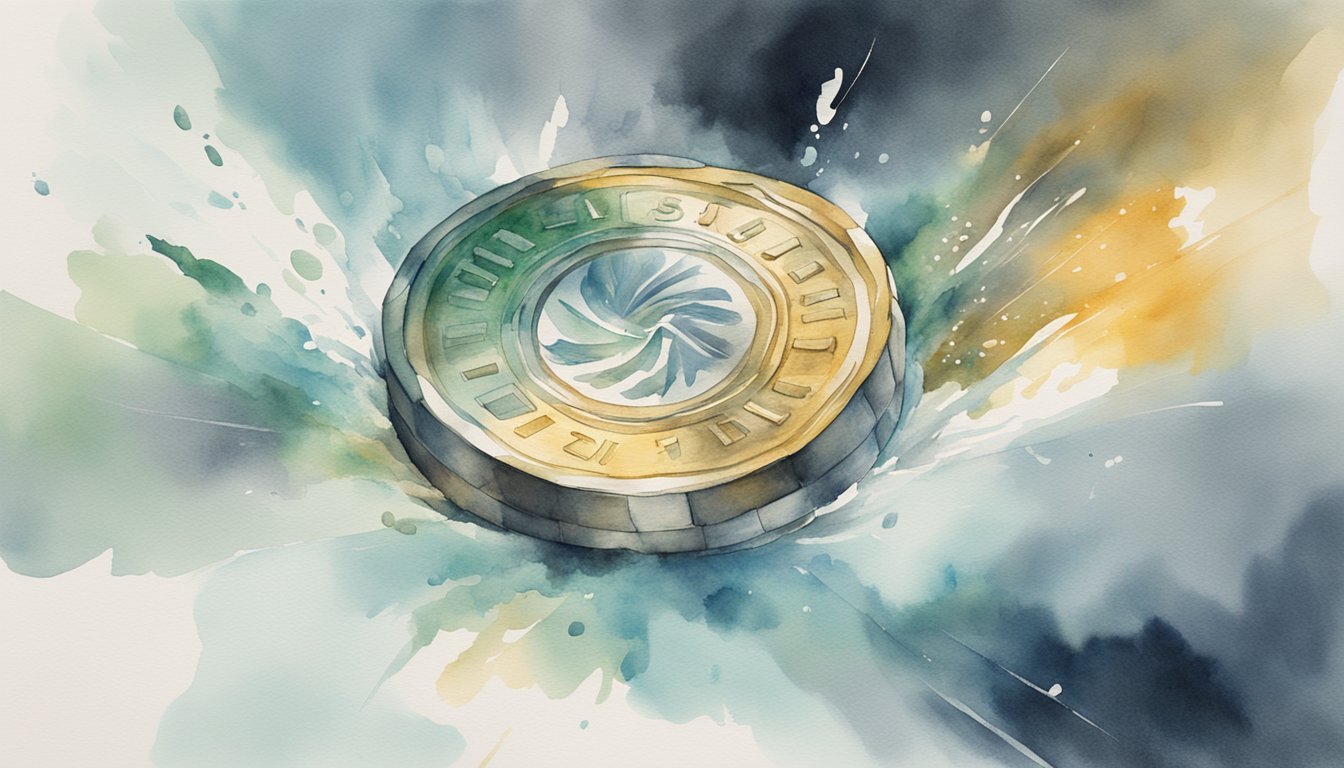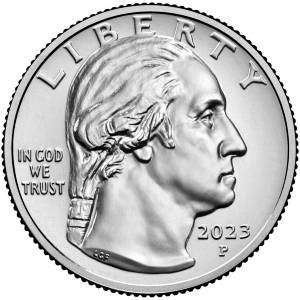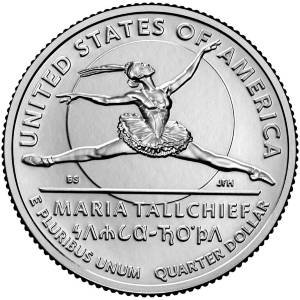A coin toss is not just a way to settle decisions; it’s a dive into simple probability and randomness that keeps the outcome at a suspenseful 50/50 split between heads and tails.
Try our online coin-flipping simulator below!
Basics of Coin Tossing
When someone flips a coin, they launch it into the air, causing it to spin and tumble before landing.
The act is straightforward: a coin is propelled upward to let gravity and dynamics decide between two outcomes—heads or tails.
The setup suggests an even chance for either side, lending to the common belief that each flip is a true 50/50 proposition.
However, the outcome isn't influenced just by the toss but also by factors such as the starting position of the coin, the force of the flip, and the air resistance.
Probability is the backbone of interpreting a coin toss.
It deals with the likelihood of an event occurring—like landing on heads.
Probability is expressed in numbers, where 0 means an event can't happen, and 1 means it surely will.
For a fair coin toss, each outcome—heads or tails—has a probability of 0.5 or 50%.
This assumption is the foundation for using a coin flip to make decisions when a random outcome is necessary.
However, it's crucial to remember that real-life tosses may not be perfectly random due to physical biases, making the actual statistics more complex.
Practical Applications of Coin Tosses

Coin tossing is far more than just flipping a piece of metal; it's a method deeply embedded in everyday life and culture, with its implications seen in fields from sports to decision-making.
Coin Toss in Decision Making
When options seem equal and decisions hard, a coin toss offers a quick resolution.
In both personal and business scenarios, it serves as a tool for impartial decision-making, easing deadlock situations by leaving the choice to chance.
Its simplicity and fairness can defuse tension when parties are at odds over a decision.
Significance in Sports and Games
The start of many sporting events hinges on the outcome of a coin toss.
It has an especially iconic role in football, where a tossed coin can determine which team kicks off or receives.
The same goes for tennis, where it can decide who serves first—a small moment that carries strategy implications for the match.
Coin tosses also underpin the fairness in board games and other games, ensuring a random selection that's free from human bias.
Coin Tosses in History and Culture
In Ancient Greece, coin tosses were seen as expressions of divine will.
Fast forward to the actions of Julius Caesar; a flip of a coin could decide the fate of entire cities.
Today, they have transcended their original use and resonate within popular culture, representing the psychology of choice and the whims of fate in literature and films.
Coin Toss Mechanics

Before getting to the heartthrob of clinking metal, it pays to know the iron-clad laws of physics that govern every flip.
They're not merely tossing us a curveball; it’s a dance of dynamics and randomness.
Physics Behind a Coin Flip
When someone flips a coin, it's like launching a tiny, shiny spacecraft, except it's subject to Earth's gravity and air resistance.
The outcome hinges on several factors: the force of the throw, the angle of the coin, and the height at which it’s released.
Although it might seem random, there's a method to this metallic madness.
Studies like "Dynamics of coin tossing is predictable" illuminate how the initial conditions can theoretically predict the landing state of the coin.


